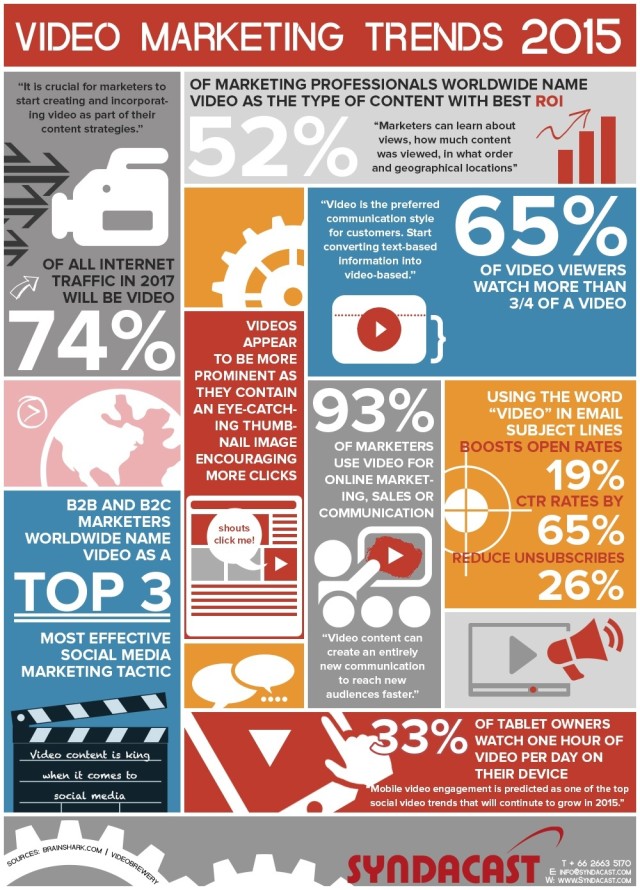How does optimal internal organizational communication improve organizational effectiveness?
In the book: Organization Development and Change, published in 2014, Worley & Cumming presented one of the most comprehensive and systematic models for diagnosing organizational effectiveness. The model relies on two main approaches: The open systems approach and the dependency approach and through it the following can be analyzed and diagnosed: A. The impact of the environment and its interactions with the organization B. The interrelationships and interdependence between the subsystems in the organization, the degree of adequacy between them, the relationships within the subsystems and between them, and the system inputs. Through a work plan that relies on this model, the development of optimal organizational communication will address the talent connectedness to the various existing circuits in the organization and the interface points between them. In my opinion, the more circles in which the talent is present and significant, the greater the talent's sense of belo...



